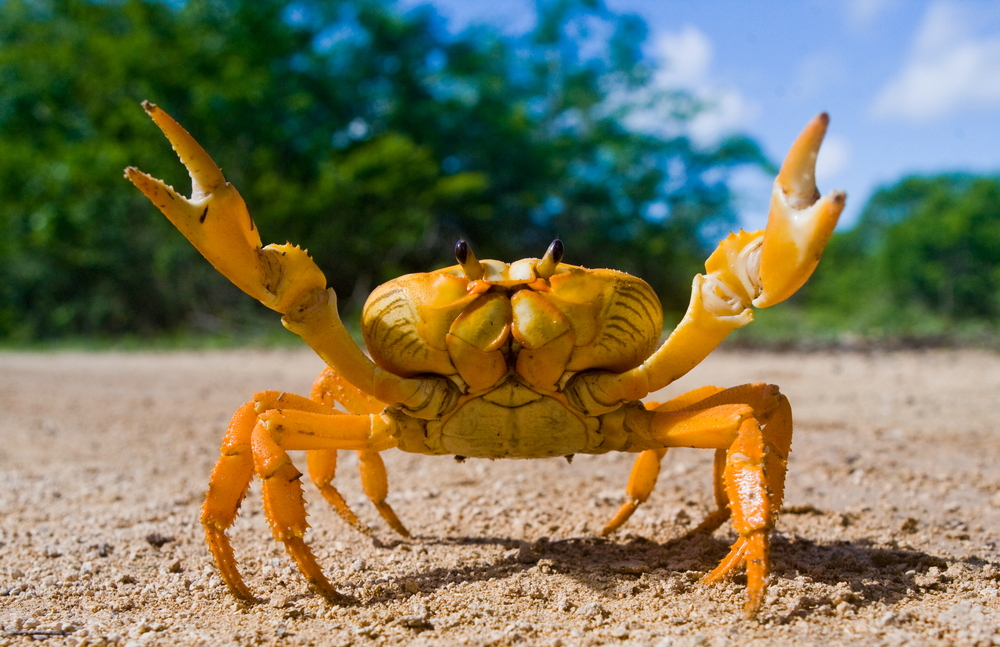
The University of Maryland’s Center for Materials Innovation has created a zinc battery with a biodegradable electrolyte made from crab shells.
“Vast quantities of batteries are being produced and consumed, raising the possibility of environmental problems,” said lead author Liangbing Hu, director of the Center. “For example, polypropylene and polycarbonate separators, which are widely used in Lithium-ion batteries, take hundreds or thousands of years to degrade and add to environmental burden.”
Electrolytes – which shuttle ions back and forth between positively and negatively charged terminals within batteries – can be a liquid, paste, or gel. This new battery uses a gel electrolyte made from a biological material called chitosan.
“Chitosan is a derivative product of chitin. Chitin has a lot of sources, including the cell walls of fungi, the exoskeletons of crustaceans, and squid pens,” said Hu. “The most abundant source of chitosan is the exoskeletons of crustaceans, including crabs, shrimps and lobsters, which can be easily obtained from seafood waste. You can find it on your table.”
As chitosan is biodegradable, approximately two thirds of the battery could be broken down completely within five months. Only the metal component – in this case zinc – would remain, which could be recycled.
“Zinc is more abundant in earth’s crust than lithium,” says Hu. “Generally speaking, well-developed zinc batteries are cheaper and safer.” This zinc and chitosan battery has an energy efficiency of 99.7% after 1000 battery cycles, making it a viable option for storing energy generated by wind and solar for transfer to power grids.
The team has plans to continue working on making batteries even more environmentally friendly, including the manufacturing process.
“In the future, I hope all components in batteries are biodegradable,” says Hu. “Not only the material itself but also the fabrication process of biomaterials.”
